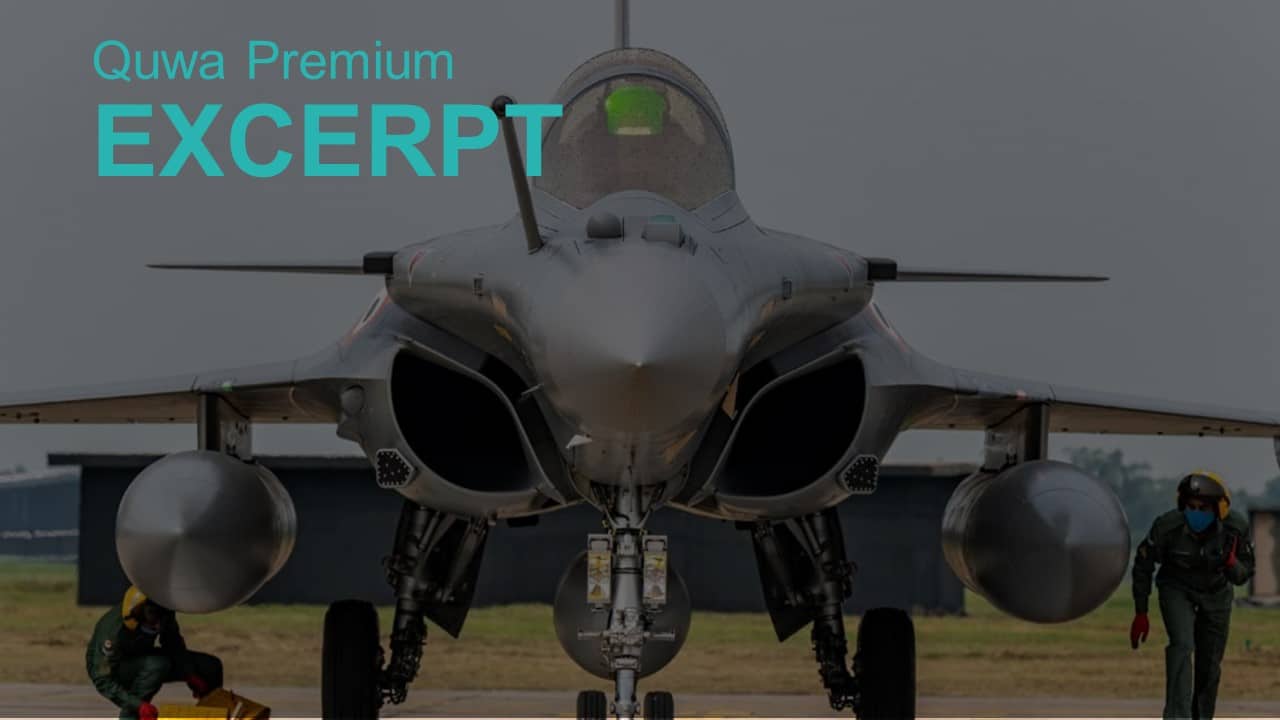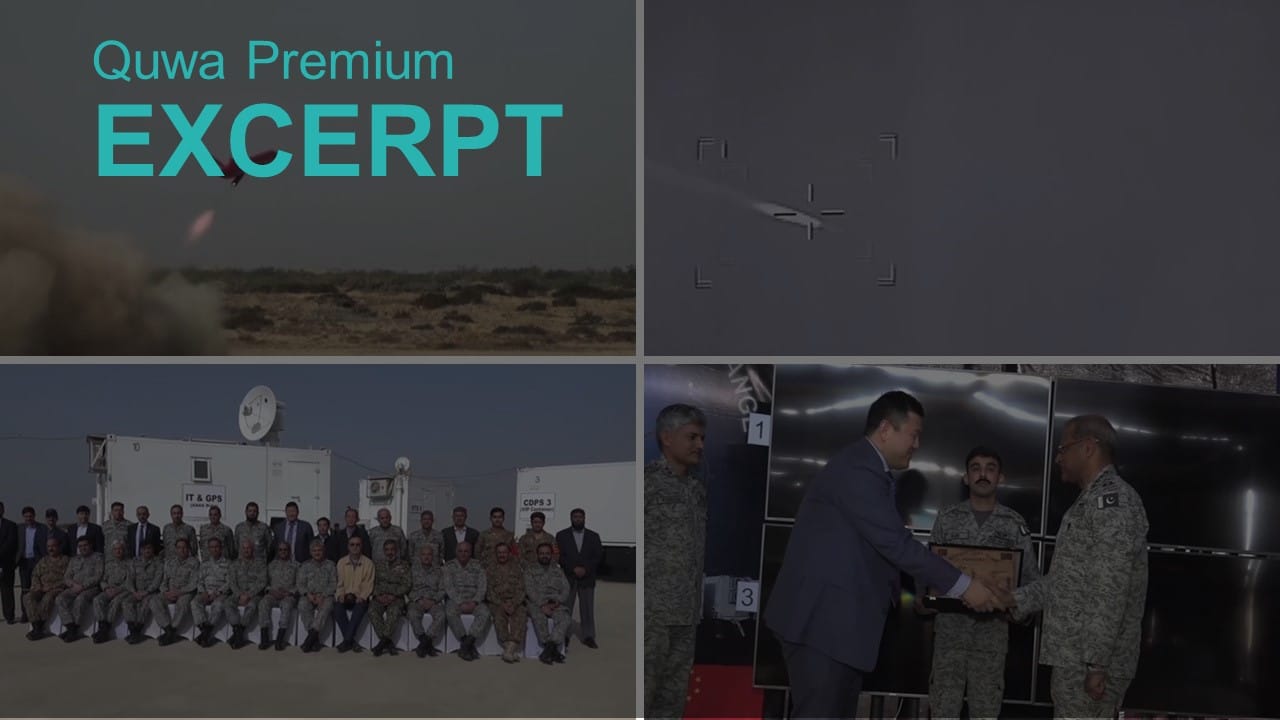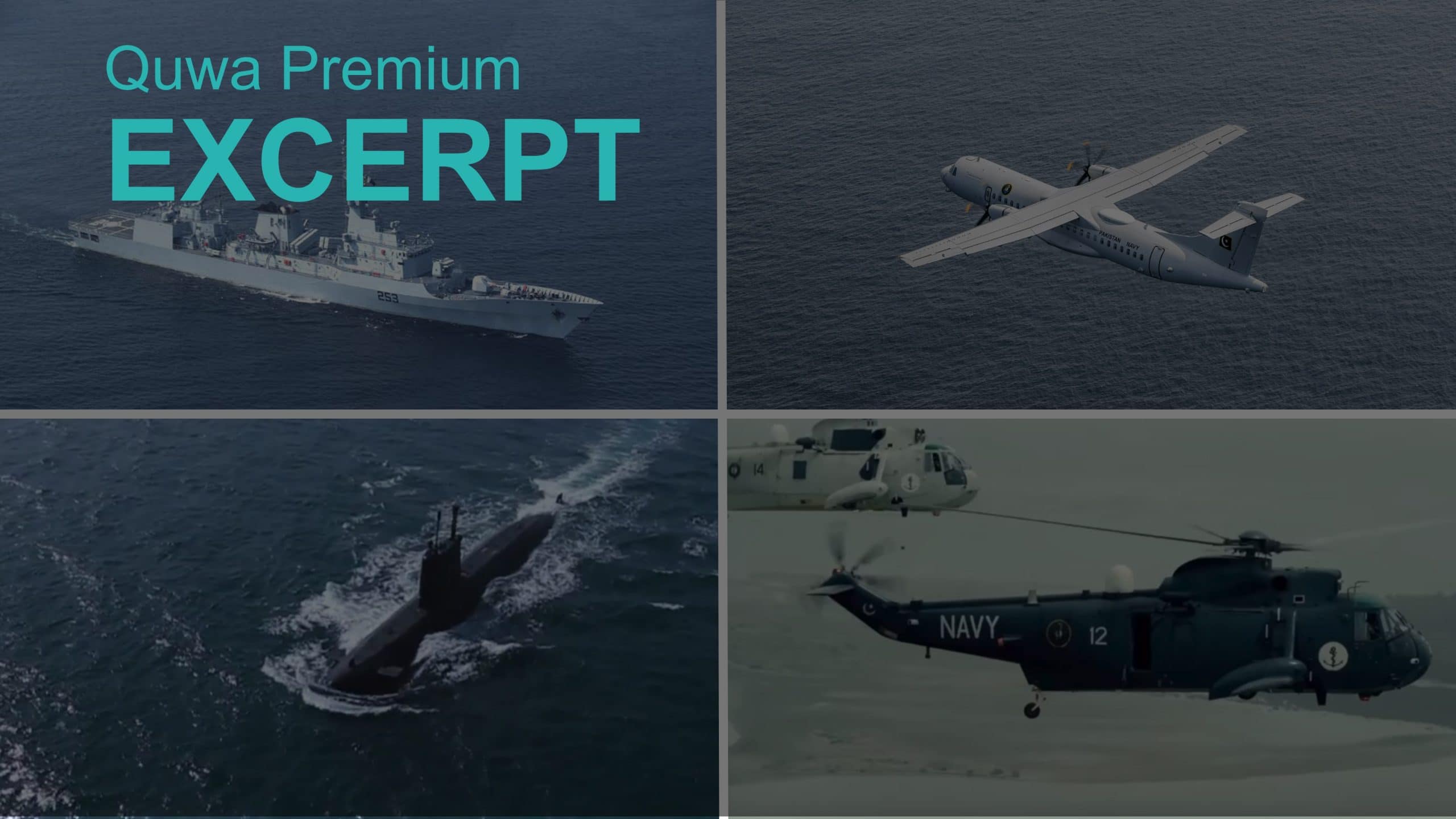2051Views

Indian Air Force Inducts First Five Dassault Rafale Fighters
On 30 July 2020, India took delivery of its first five Dassault Rafale combat aircraft from France. This is the first batch from an order of 36 aircraft, which India ordered under a €7.87 billion deal in 2016 ($8.85 billion US at the time). Roughly 50% of the contract went towards the aircraft and an assortment of air-to-ground and air-to-air munitions, while the rest is split between a maintenance package and customizations. The contract also includes an offset clause that would see Dassault spend 50% of the contract value in India.
The Indian Air Force (IAF) assigned its first Rafale aircraft to the No. 17 ‘Golden Arrows’ Squadron, which the IAF deployed at Ambala Air Force Station in Haryana, a state in northern India. The IAF is expected to station its second Rafale unit in West Bengal at Hasimara Air Force Station. Collectively, the IAF is staging its two Rafale units to cover India’s north/northwest and east/northeast sectors.
Though the scope of this Rafale contract is not as expansive as IAF’s original Medium Multi-Role Combat Aircraft (MMRCA) tender, it is still a significant program in its own right. Not only does the Rafale introduce a credible – if not qualitatively leading air warfare solution – to South Asia, but it also incorporates several tangible benefits to India’s economy, defence industry, and defence research and development (R&D).
Dassault partnered with Reliance Group to implement the bulk of the Rafale program’s offset package. In addition, Dassault has a chance at securing follow-on orders in India. The IAF is looking to acquire another 114 medium-weight multi-role fighters, while the Indian Navy is seeking a new carrier-borne platform. In other words, the Rafale is well positioned to form a sizable portion of India’s fighter fleets.
Overview of India’s Rafale Combat Aircraft
The IAF selected the Rafale F3R, but it got Dassault to incorporate a number of modifications. The bulk of these changes center on integration with third-party systems and weapons, notably from Israel. However, the core Rafale OEMs added a few of their own iterative improvements as well.
The IAF’s Rafale F3Rs use a newer version of the Front Sector Optronics (FSO) suite, which Thales markets as a “multi-sensor” system incorporating an infrared search-and-track (IRST) and forward-looking infrared (FLIR) system. Safran supplies the IRST and FLIR inputs. The end-user can use the FSO to track both air and surface targets, and across multiple modes (optical, infrared, and laser).[1]
The IAF is also using the active electronically scanned array (AESA) version of the Thales RBE2, but with a number of software modifications. In addition, the IAF got its Rafale fighters optimized for operations in high-altitude and mountainous environments via a modified radar altimeter and cold engine-start.[2]
In terms of custom subsystems, the IAF Rafale fighters use the Display and Sight Helmet System (DASH), a helmet-mounted display and sight (HMD/S) system from Israel’s Elbit. The IAF already uses Elbit HMD/S solutions in other fighters, such as the Tejas. The DASH may signal an intent to eventually add the Python 5 high off-boresight (HOBS) air-to-air missile (AAM), among other Israeli-origin munitions.
The IAF Rafale also incorporates a number of standard – but valuable – features, such as operability with the Thales TALIOS targeting pod and SPECTRA, an integrated suite comprising of both electronic warfare (EW) and electronic countermeasures (ECM) systems. Thales says that the SPECTRA offers both situational awareness building (the EW suite can detect radar, laser, and infrared-based threats) and radar jamming and spoofing. It also includes self-protection measures against infrared and radar-guided missiles[3] [end of excerpt, subscribe to Quwa Premium to read the full article].
Optimized for Deterring Pakistan
Collectively, the standard features and custom additions of the IAF’s Rafale program show a focus on high-altitude take-off and mountainous flight operations. In addition, the Rafale is well-equipped for both long-range precision-strikes and interdicting aerial threats at beyond-visual-range (BVR).
The design of the configuration – such as cold engine-start and supporting flight over mountainous terrain – can enable the IAF to operate these fighters from high-altitude forward operating bases (FOB) and carry-out low-level flights over mountainous terrain. Combined with the Rafale’s low radar cross-section (RCS), leveraging clutter and other radar impediments in mountainous areas cuts the fighter’s observability.
Thus, the IAF has ‘optimized’ (so to speak) the Rafale for a specific set of operations against the Pakistani military in Kashmir. Yes, the Rafale is certainly difficult to interdict with other fighters, but one can argue that the real strategic value of the Rafale rests in its potential to neutralize targets across the LoC [end of excerpt, subscribe to Quwa Premium to read the full article]…
How Can Pakistan Counteract the Rafale?
The Pakistan Air Force (PAF) is aware of the capabilities the Rafale is bringing to South Asia. It affords India an edge, so the PAF will work to deprecate that edge to the best of its resources.
In an April 2020 interview, the PAF Chief of Air Staff (CAS), Air Chief Marshal (ACM) Mujahid Anwar Khan, said, “we have to be aware of modern technologies, and if the acquisition of a new fighter fits into our doctrine then we will try to acquire it. The balance has to be maintained.”[4] In other words, the PAF is not ruling out the acquisition of another fighter, especially if it allows the PAF to deprecate the Rafale’s impact.
However, the PAF will certainly explore its other options for lessening the Rafale threat. Adding another fighter type will draw significant fiscal and human resources. Moreover, considering Pakistan’s economic realities, such a purchase will likely mean diverting resources from the next-generation fighter program.
Ultimately, the point of procuring a new fighter platform is not to acquire an aircraft for its own sake, but to add new – or drastically improve existing – warfighting capabilities. For India, the Rafale will bolster its long-range, precision-strike capabilities and afford it an edge in air-to-air combat. Thus, the PAF will need to focus on either neutralizing the IAF’s new capabilities, or build equivalents.
The emphasis should be on capabilities. The PAF need not acquire those new capabilities through another fighter, but it can work to add them to its existing aircraft and aircraft types. To determine those necessary capabilities, the PAF will ‘unpack’ the outcome of India’s Rafale acquisition, and respond systematically [end of excerpt, subscribe to Quwa Premium to read the full article]…
End of Excerpt (1,000/2,809 words)
You can read the complete article by logging in (click here) or subscribing to Quwa Premium (click here).
[1] Jaime Hunter. “India’s First French-Built Rafale Fighters Have Finally Arrived.” The Warzone. The Drive. 30 July 2020. URL: https://www.thedrive.com/the-war-zone/35236/indias-first-french-built-rafale-fighters-have-finally-arrived
[2] Ibid.
[3] Product Page. SPECTRA. MBDA. URL: https://www.mbda-systems.com/product/spectra/
[4] Alan Warnes. “Operation Swift Retort: One Year On.” Air Forces Monthly. April 2020. Page 35


